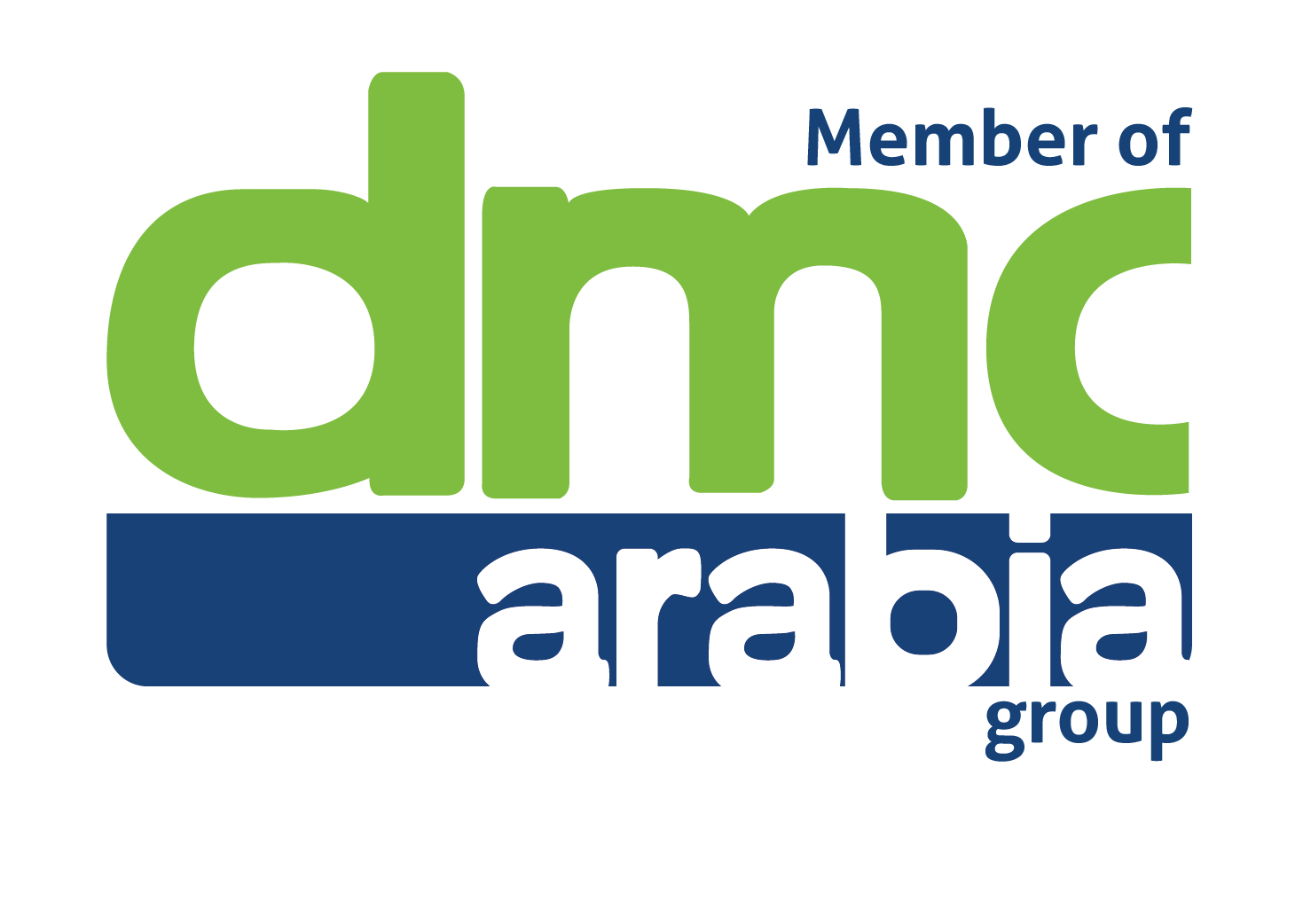KINGDOM OF SAUDI ARABIA
Saudi Arabia is the second greatest vacationer goal in the Middle East with more than 16 million visiting in 2017.As the travel industry segment has been to a great extent supported recently, the division is relied upon to be the white oil for Saudi Arabia. Potential vacationer zones incorporate the Hijaz and Sarawat Mountains, Red Sea plunging and various old vestiges.
Saudi Arabia has the most oil of any place in the world. It ships more oil to the rest of the world than any other country. Saudi Arabia is also famous for the religion Islam and is home to Islam’s holiest shrines in Mecca and Medina. The King of Saudi Arabia is called the Custodian of the Two Holy Mosques.
The top four places to visit in Saudi Arabia are Makkah, Mediana, Madain Saleh, Yanbu, Jeddah and Riyadh.Travel industry in Saudi Arabia is a great extent includes strict journeys, there is development in the relaxation the travel industry segment.
Saudi Arabia is the 13th-largest country in the world, and the second-largest in the Arab world. Ninety-five percent of the country is considered a desert or semidesert, and it has some of the largest desert areas, including An Nafud and Rub al-Khali.
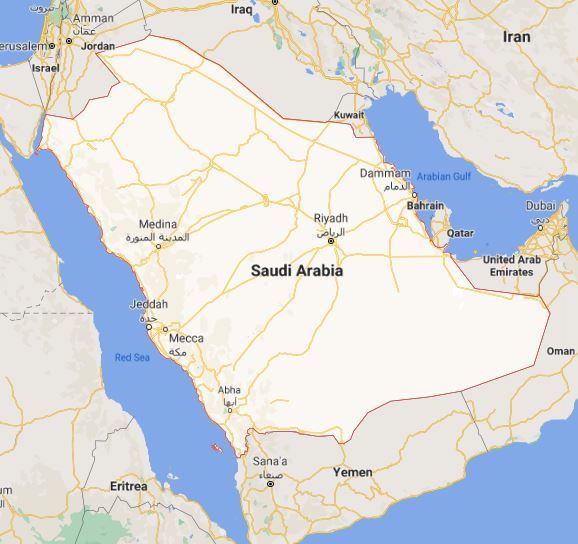
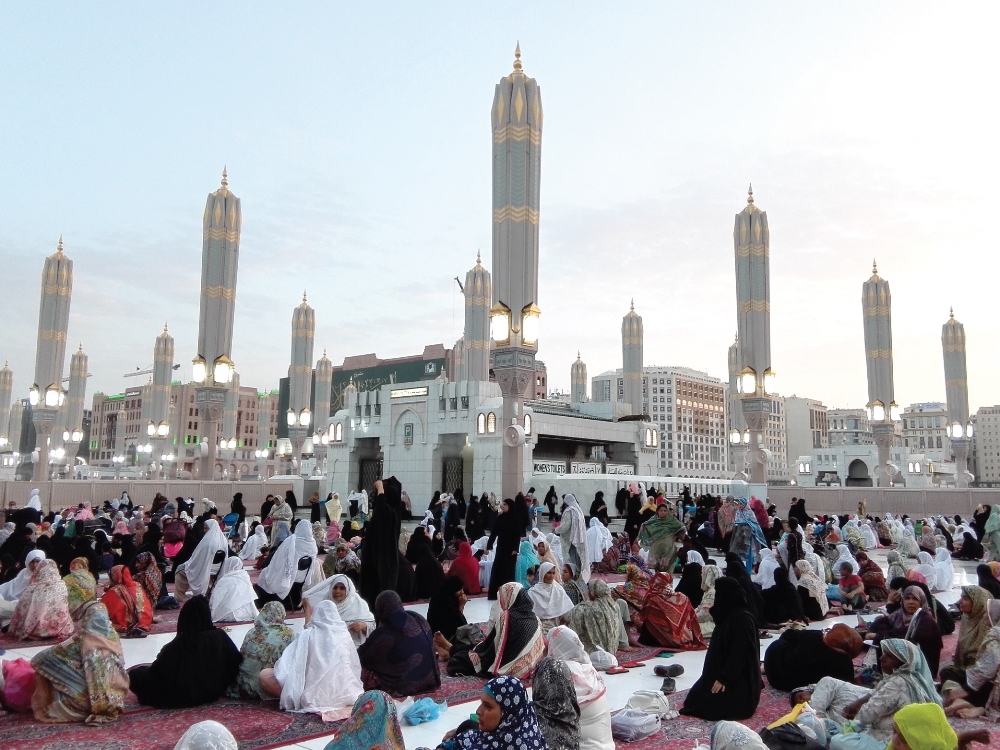
GENERAL INFORMATION:
• Population: 34.27 Million
• Official Language: Arabic
• Other Spoken Languages: English
• Religion: 90% Muslims & 10% Shia
• Area: 2149690 sq. Km
• Climate: Sub-tropical
• Capital: Riyadh
• Government Type: Monarchy
• National Day: 23 September
• Local time: GMT + 3 hours
• Day Off: Friday
• Official Holidays: 12-15 May (Eid Al-Fitr), 14-24 July (Eid al-Adha), 23 September (Saudi National Day). These religious holidays are based on Gregorian dates of the Islamic calendar, which is as per lunar observations.
PRACTICAL INFORMATION:
• Money. The Saudi Riyal is the name given to the official currency of Saudi Arabia. The Riyal has been the currency for the country since before the name Saudi Arabia existed. The Riyal was also used as the currency for The Kingdom of Hejaz from 1916-1925. The Riyal is currently pegged to the US Dollar at a rate of 1 USD = 3.75 SR.
• Health. Health care in Saudi Arabia is a national health care system in which the government provides free health care services through a number of government agencies
• Alcohol. As with drugs, there is a prohibition on the manufacture, sale, possession, and consumption of alcohol in Saudi Arabia. Drinking is punishable by public flogging, fines, or lengthy imprisonment, accompanied by deportation in certain cases.
• Languages. Arabic is the official language of Saudi Arabia, but English is widely spoken. It is used in business and is a compulsory second language in schools. Among the non-Saudi population, many people speak Urdu, the official language of Pakistan, and other Asian languages such as Farsi and Turkish.
• Photography. Photography of military installations, government buildings, airports and other sensitive locations is prohibited. Photography of local women without their permission is not permitted.
• Telephone. The country’s country calling code is +966. Saudi Arabia’s numbering plan is the following: 011 XXX XXXX – Riyadh & the greater central region. 012 XXX XXXX – Western region, includes Makkah, Jeddah, Taif, Rabigh.
• Telecommunications. STC and GO Telecom are the two fixed telecommunication licensed entities in the Kingdom. Mobile. STC, Mobily and Zain Saudi Arabia are the three long-established mobile network operators, who launched their commercial 4G long-term evolution (“LTE”) broadband services in 2011 and now compete for LTE subscribers.
• Electricity. Electricity generation is 40% from Oil 52% from Natural Gas and 8% from steam. Generation capacity is approximately 55 GW. A looming energy shortage requires Saudi Arabia to increase its capacity. Capacity is planned to be increased to 120 GW by 2032.
• Transportation. The Saudi bus network provides affordable transport both within and between the Kingdom’s cities. Operated by the Saudi Public Transport Company (SAPTCO), the fleet consists of over 2,000 buses. SAPTCO operates special bus service during the hajj, the annual pilgrimage to Saudi Arabia’s holy sites.
• Business days. In Saudi Arabia, there are 105 weekends, 9 public holidays and 251 working days. Two public holidays fall on weekends: Friday and Saturday.
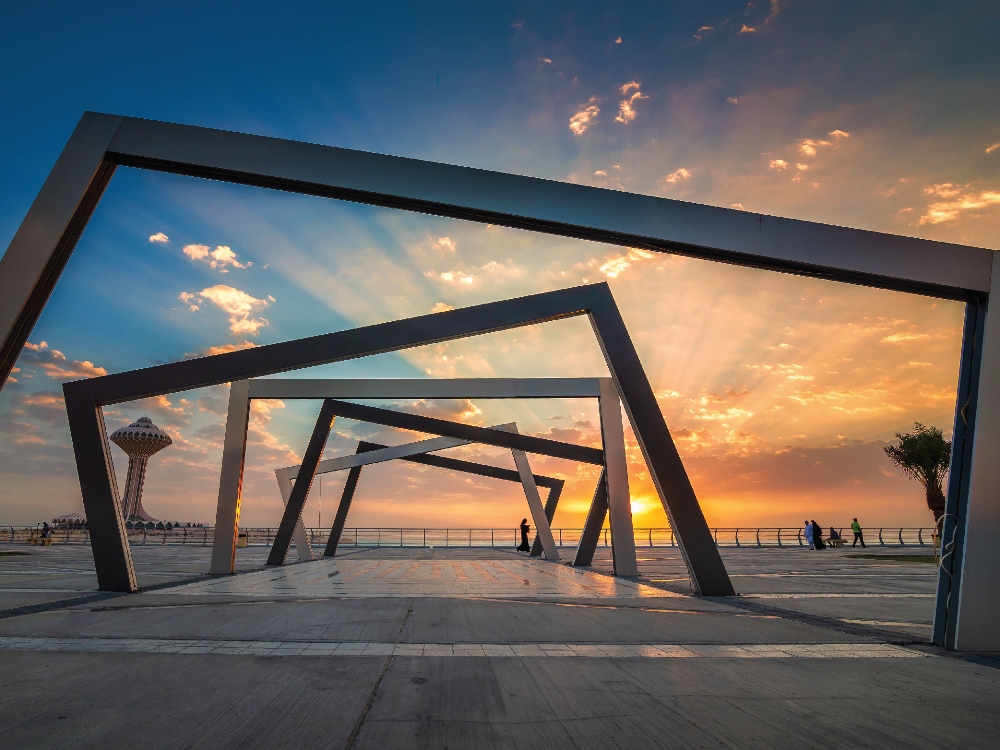
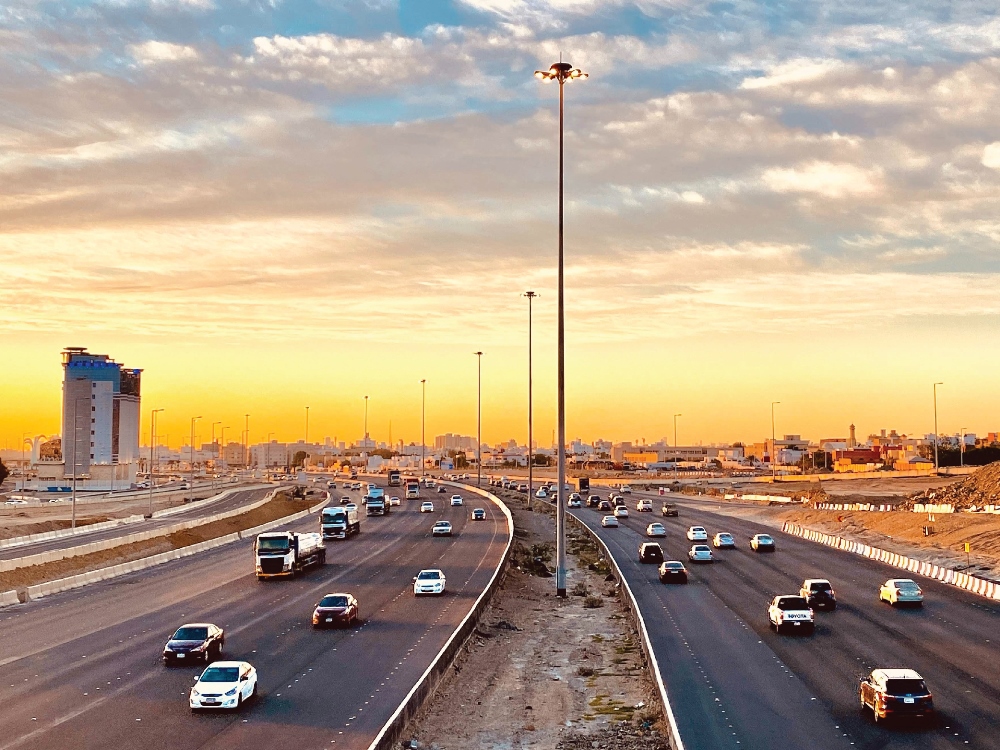
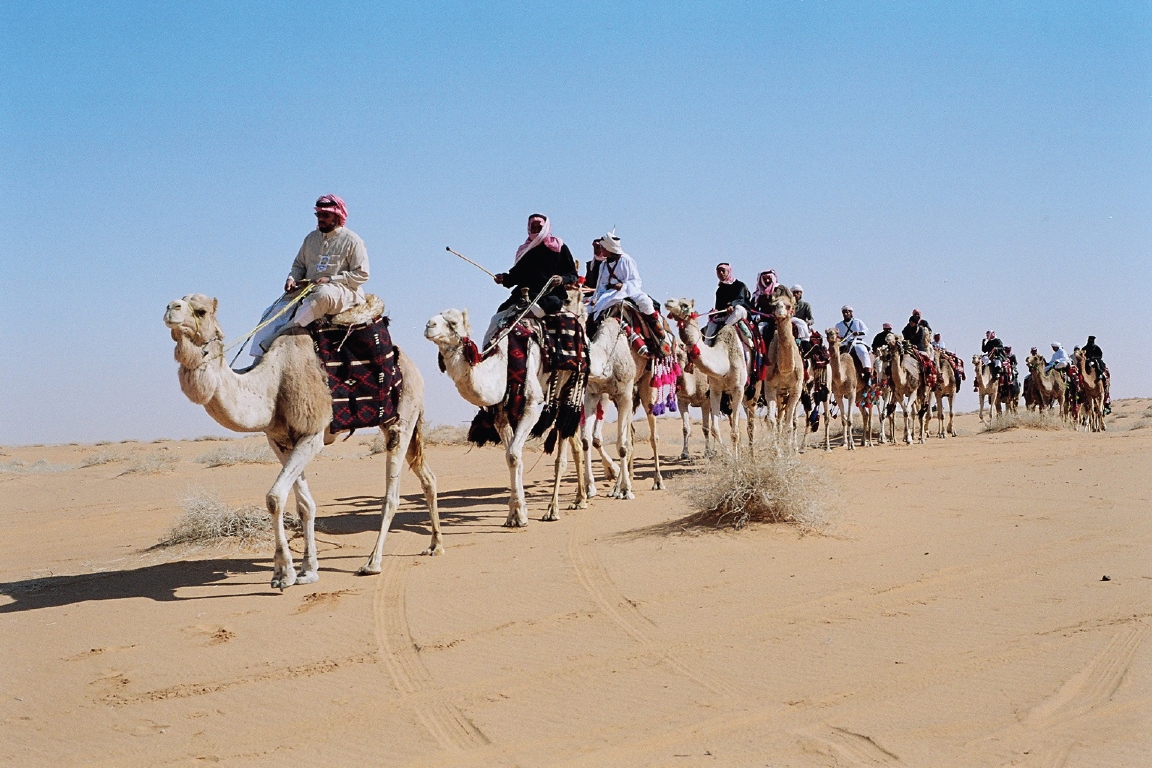
OUR DESTINATIONS IN SAUDI ARABIA
EASTERN PROVINCE
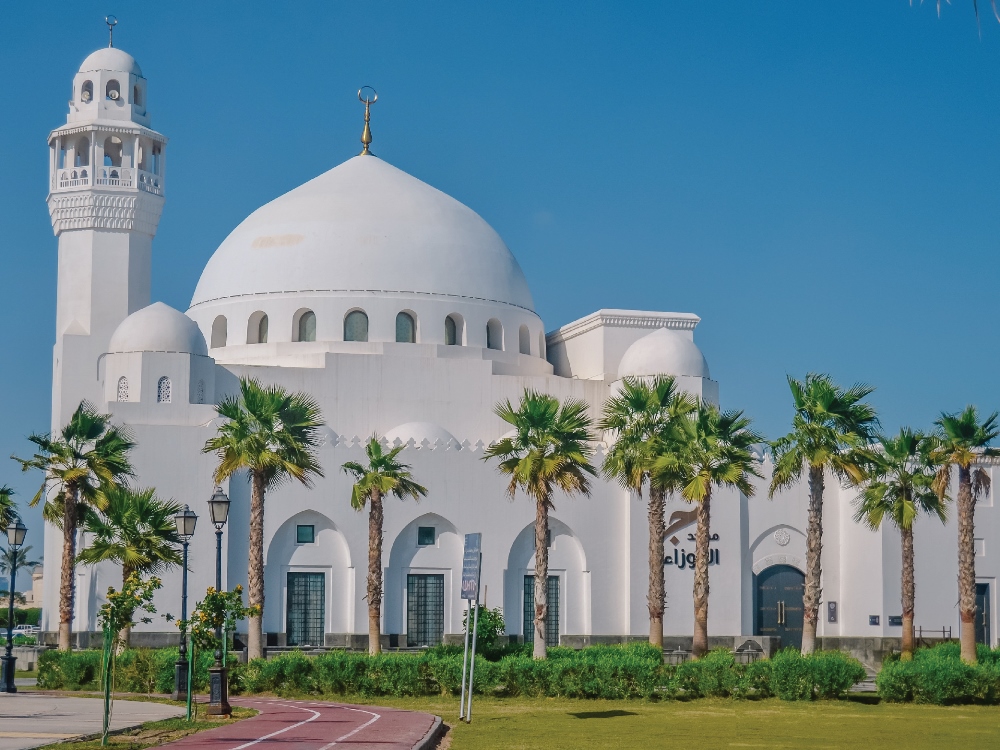
The Eastern Province of Saudi Arabia is a historical, economic and cultural hub. Visitors can gain first-hand experience of this progressive and ever-changing region, starting with its anchor city Dammam, home to cultural landmarks and the source of the kingdom’s oil and gas story.
RIYADH
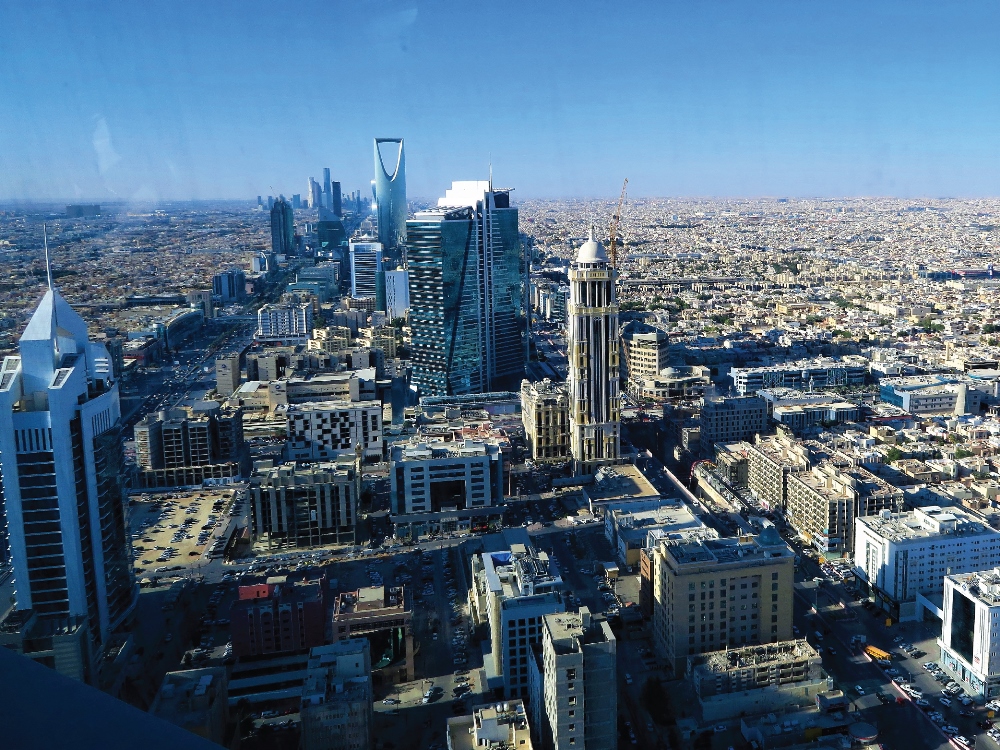
The capital of Saudi Arabia, Riyadh is a blend of the ancient and modern. The birthplace of the kingdom and a thriving, forward-thinking metropolis, history and heritage come to life in this exciting and ever-evolving city. Riyadh translates to “the Gardens,” a reference to the area’s past that dates back to the 14th century, when the land was revered for its fertile soil, many canals and trees.
AL HA'IL
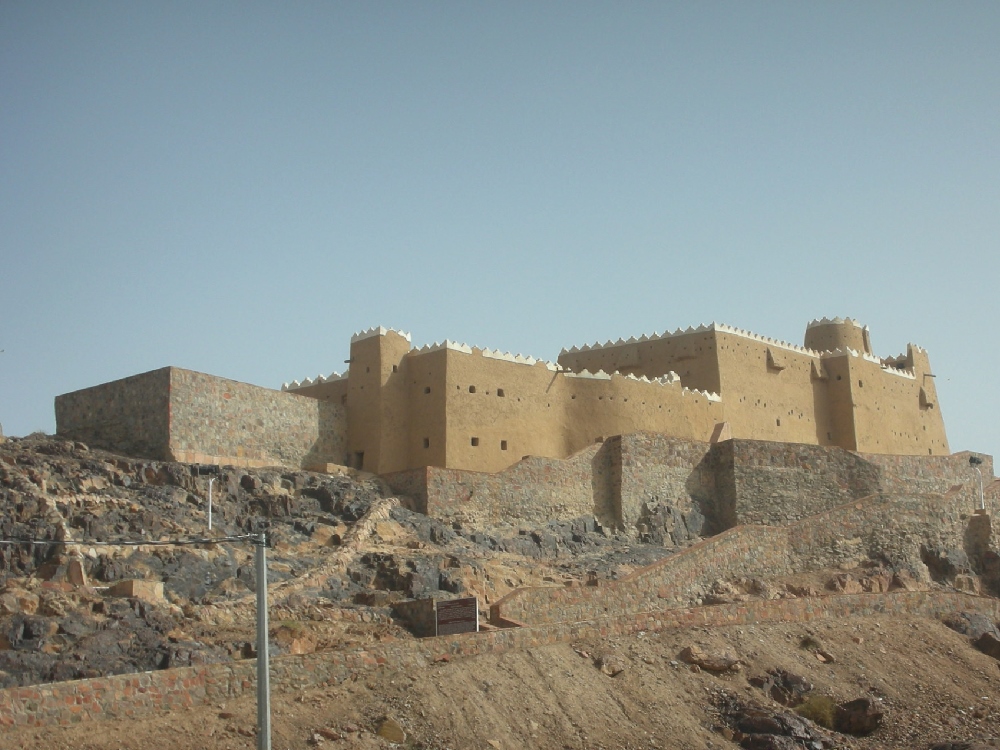
Its central position and the wells fed by the rain water drained off the nearby mountains made Hail an important oasis on the ancient caravan trade routes. Hail is well-known for the generosity of its people in Saudi Arabia and the Arab world as it is the place where Hatim al-Tai, who was a famous Arab poet and one of the characters of The One Thousand and One Nights, lived.
AlUla
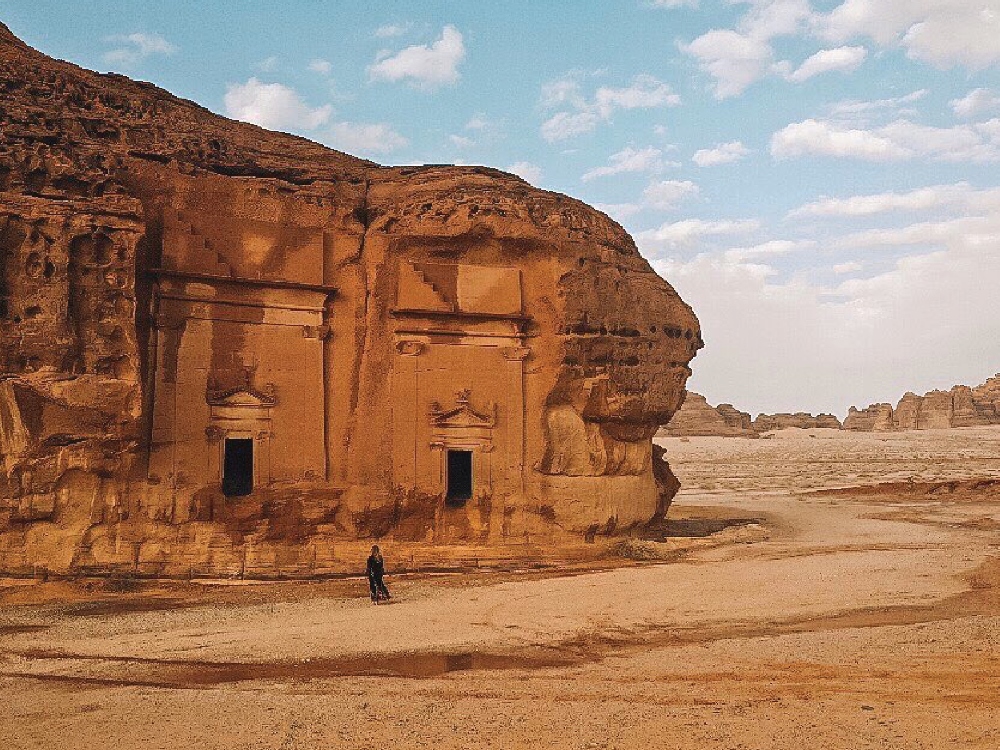
AlUla is a place of extraordinary human and natural heritage. Experience a journey through a living museum of preserved tombs, sandstone outcrops, historic dwellings and monuments, both natural and human-made, that hold 200,000 years of largely unexplored human history.
NEOM & TABUK
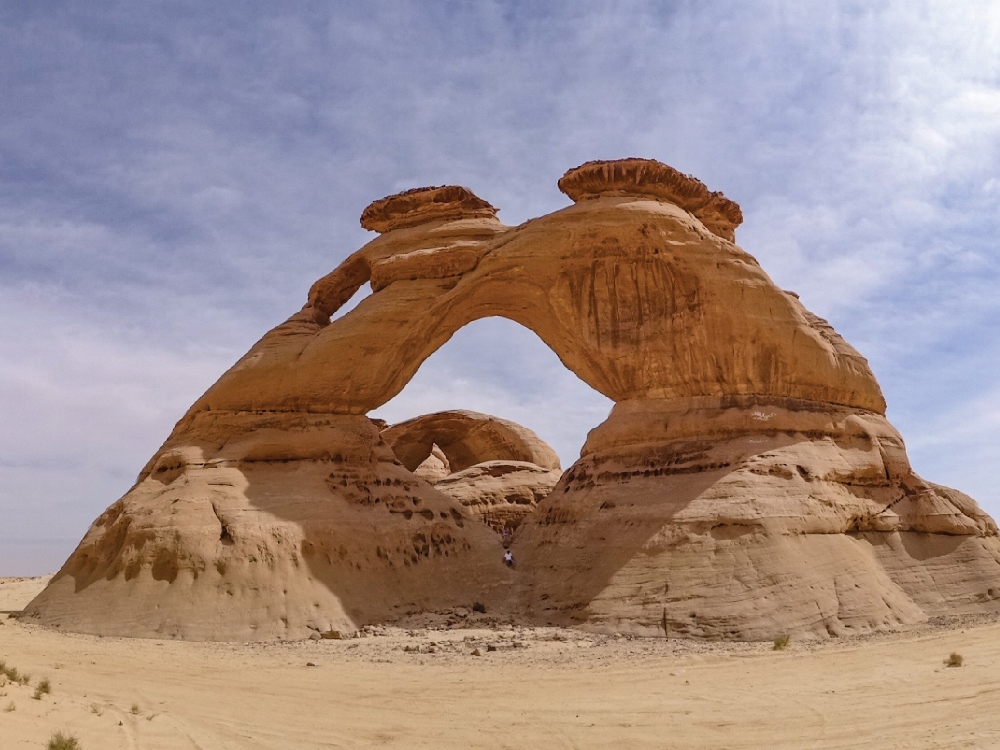
Tabuk Region is home of some of the jewels of Saudi Arabia, both natural and historical. Tabuk Province is famous for its ancient rock art, its ancient oasis on the frankincense trade road, its glorious stories of prophets, its epic battles, its pilgrimage roads, and the Hejaz Railway whose fate was told in the book and the movie “Lawrence of Arabia”.
JEDDAH & RED SEA
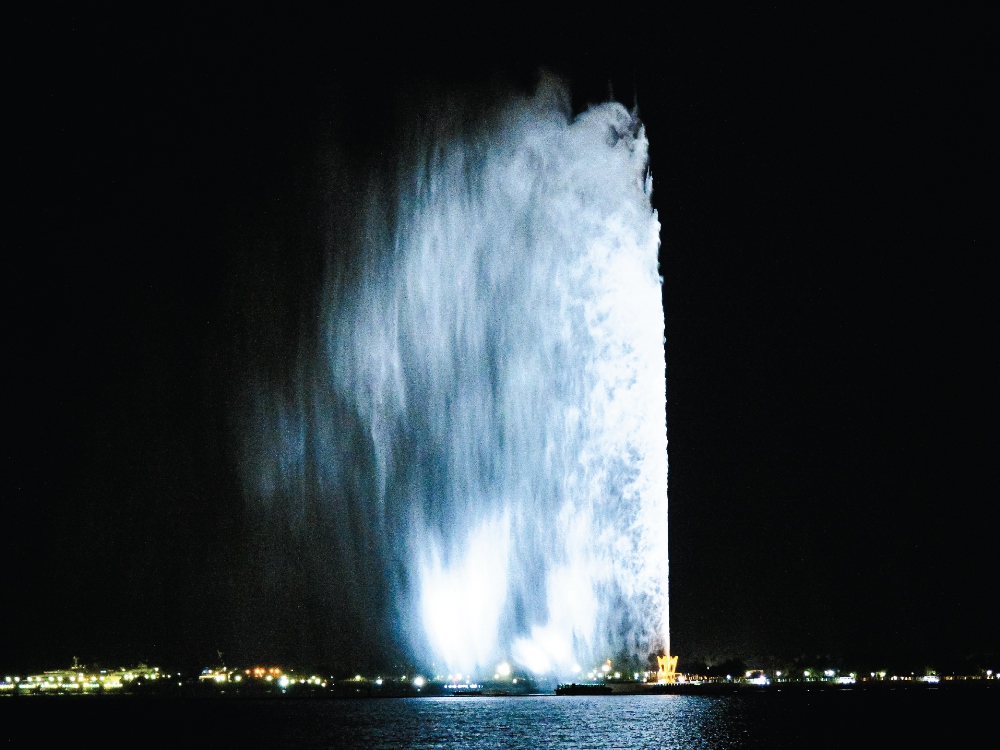
Jeddah is famous in the Muslim world as being the gateway to Makkah where hundreds of thousands of Muslim land every year for performing the pilgrimage to the Prophet Mosque and the Ka’aba.. Jeddah has also natural assets thanks to its location on the Tihama plain along the Red Sea shore and its colorful coral reefs and white sand beaches — hence its nickname the “Bride of the Red Sea”.
MEDINA

The city of Medina are only accessible to Muslims. Each year, it bears witness to the Hajj pilgrimage, a religious duty that must be performed by every able Muslim at least once in their lifetime, and which draws millions each year.
They attract every year millions of pilgrims coming to fulfill their religious duties.
MECCA
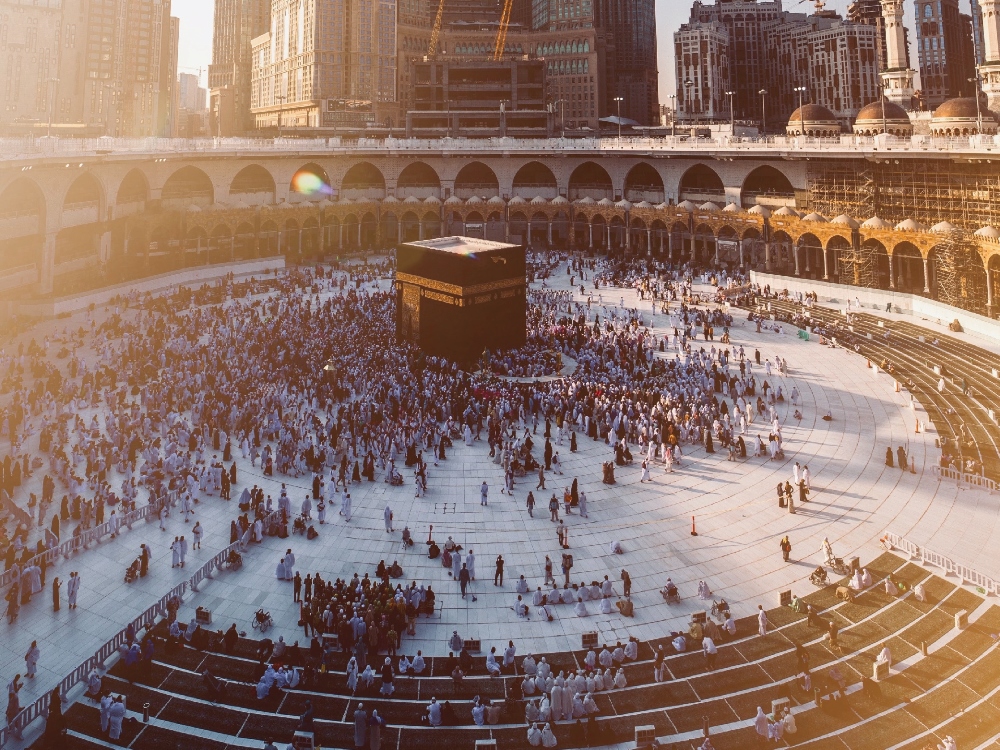
Mecca, in a desert valley in western Saudi Arabia, is Islam’s holiest city, as it’s the birthplace of the Prophet Muhammad and the faith itself. Only Muslims are allowed in the city, with millions arriving for the annual Hajj (pilgrimage). Dating from the 7th century, the central Masjid al-Haram (Sacred Mosque) surrounds the Kaaba, the cloth-covered cubic structure that’s Islam’s most sacred shrine

